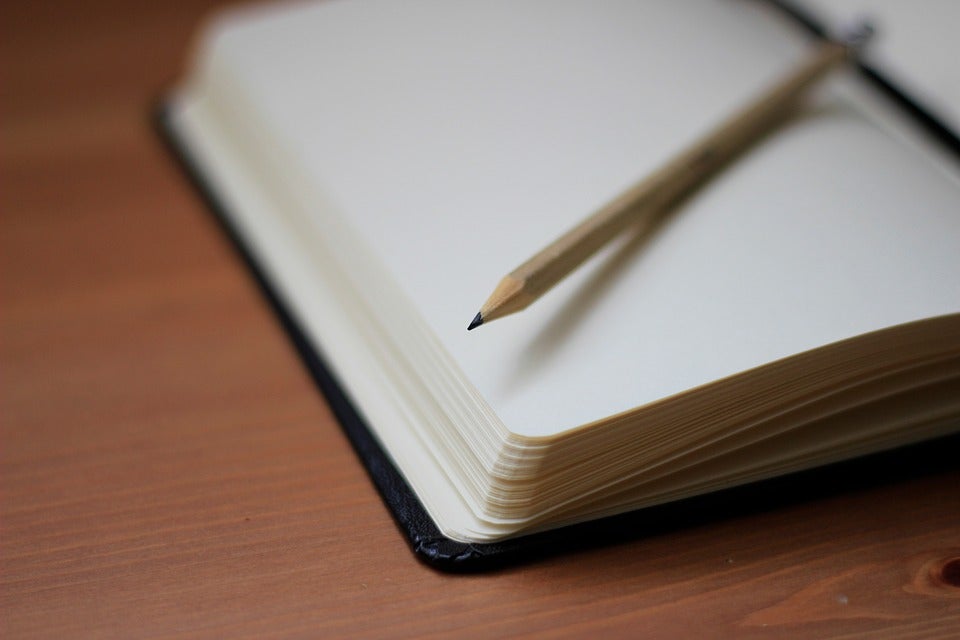
Source: pixabay.com
Most of the time, we groan at the thought of writing. Writing seems like an arduous process that constantly repeats without interruption — sometimes, it becomes so daunting that even writing down a sentence is a challenge. Maybe it comes down to simply writing the paper as best as we can in the spur of the moment and never touching it again until we hand it in. Perhaps sitting down at our desks with a blank page staring back causes us to shut down entirely. While these fears undoubtedly continue to exist, there are remedies that would help alleviate them to an extent. One strategy that works is something called a spill draft.
In my personal experience, I first heard of the term doing a literary essay in my twelfth grade English course, and it was very effective at the time I used it. However, I never thought of writing a spill draft for an assignment after entering university. Looking back, I realize that I am falling into the trap that some of us are in now. First-time perfection became the top priority for me with my papers, and too soon, I lost motivation with academic writing altogether. I only remembered its significance just recently while having a conversation with a senior high school student writing an assignment for her English course this semester; she found it very useful for her essay, and I thought it would be a good idea to take this approach for my future assignments too.
The benefits of a spill draft lie in the fact that you're using your research and “spilling” all the information on paper without worrying about formatting. Consider it a bit like "word vomit" (yes, the Mean Girls reference was intended). It seems unproductive since you’ll need to edit a lot to achieve the final presentable paper, but it is effective in that it gets ideas on the paper right from the start. It also allows you to see how to organize your research and provide proper evidence to support your argument.
Below are 3 tips that will help make spill drafting successful:
1. Do the spill draft on paper.
While it’s possible to type the draft out in Word, research has it that writing with pencil and paper limits your distractions and uses more brainpower. Writing the draft on paper will also allow you to engage with your assignment, and ensures that you finish the draft in one sitting rather than multiple.
2. Don’t worry about perfection.
Spill drafts are not meant to be perfect the minute it gets on paper — there's a reason why they’re labelled as “drafts”! The purpose of drafting in the first place is to get a preliminary outline of the writing you'll eventually publish. With practice, you'll eventually get over the initial fear of writing the “perfect” report directly from scratch.
3. Use the right evidence to back up your thesis.
Some of us would tend to overlook this, but using the right points to back up the argument would make a bigger difference than simply writing what comes to mind. Doing so would help save time when going through the editing process, as you would already have the substantial research needed to develop your analysis rather than trying to find the right place to insert your research points later on.
So take your research notes, grab a pen and some paper, and just spill. There'll eventually be time to mop up the mess. If you ever need help with the cleaning, come visit us at the drop-ins or book an appointment, and show us your spill draft — we'll be more than happy to assist you.